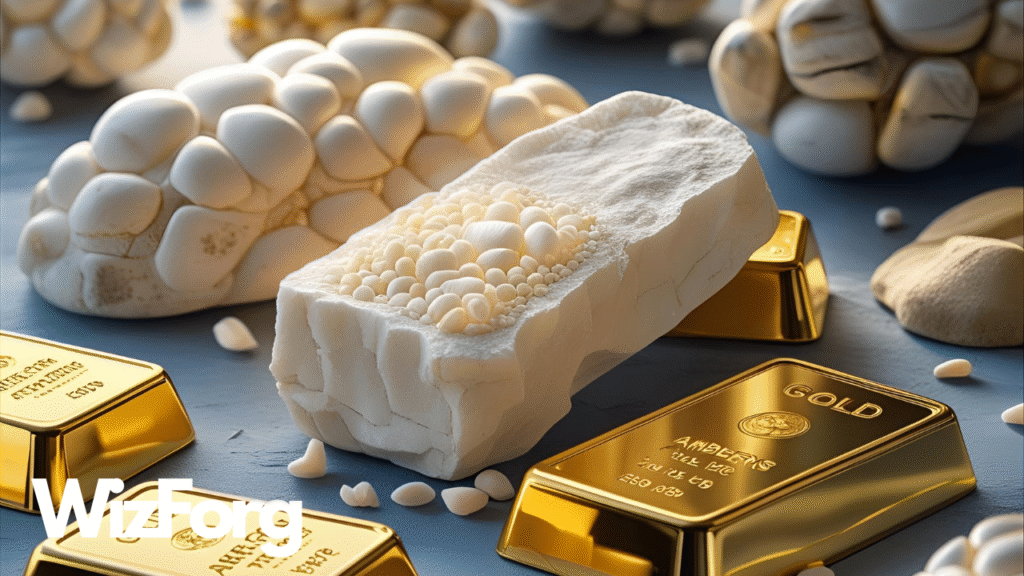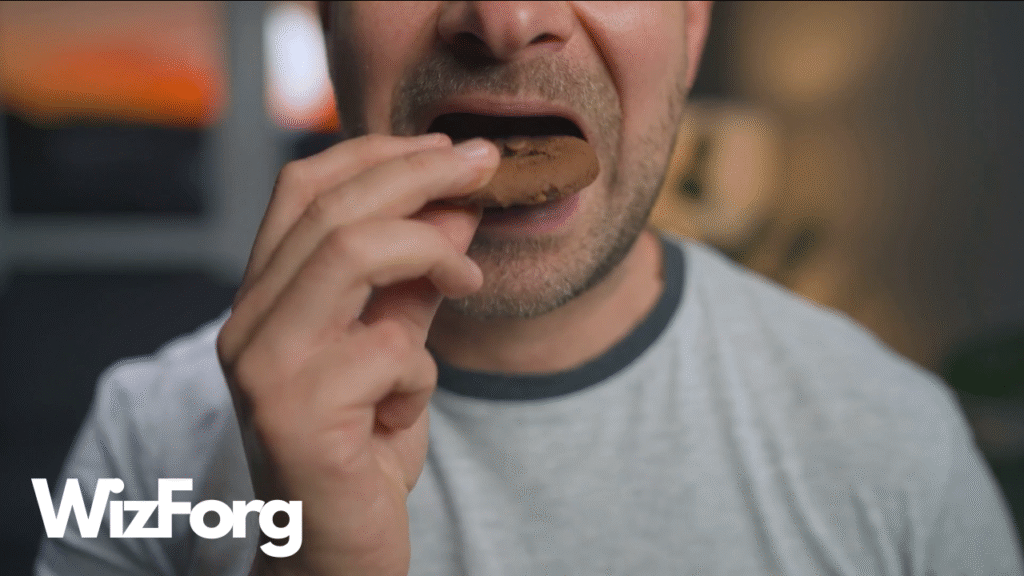It smells sweet, comes from a whale’s gut, and costs more than gold. Ambergris is one of the most mysterious and valuable substances in the luxury world, but most people have never even heard of it. So what is ambergris, and why is it worth thousands of dollars per pound?
Let’s dive into one of nature’s strangest (and priciest) exports.
What Is Ambergris?
Ambergris is a waxy, solid substance produced in the intestines of sperm whales. Scientists believe it helps the whale digest hard, sharp objects, such as squid beaks. Most of it is excreted, but in rare cases, the ambergris hardens and floats in the ocean for years, aging like a fine wine.
Over time, exposure to sun and saltwater transforms its smell. Fresh ambergris smells like manure. But aged ambergris? It takes on a complex aroma that’s earthy, marine, musky, and slightly sweet. This evolution is what makes it so prized in high-end perfumery.
Why Perfume Makers Want It
For centuries, perfumers have valued ambergris for two reasons:
- Fixative Power: Ambergris helps a fragrance last longer. A small amount stabilizes other ingredients, making the scent linger for hours or even days.
- Unique Scent: Aged ambergris has a smell unlike anything synthetic. It adds depth and richness to perfumes—an olfactory signature that’s both rare and desirable.
Top luxury fragrance houses, such as Chanel, Creed, and Hermès, have all incorporated ambergris into their formulas. Even a tiny trace can elevate a perfume’s value dramatically.
Scarcity Makes It Expensive
Ambergris isn’t something you can farm or manufacture. It’s rare, unpredictable, and found by chance, often washing up on beaches in places like the Bahamas, New Zealand, and Madagascar. And only about 1% of sperm whales ever produce it.
This scarcity has driven the price sky-high. Depending on quality, ambergris can fetch anywhere from $10,000 to $50,000 per kilogram, making it more expensive than gold.
Legal Gray Area
Ambergris’s connection to whales makes it a controversial topic. Sperm whales are protected under international conservation laws, and in some countries (like the U.S. and Australia), it’s illegal to buy or sell ambergris regardless of how it was found.
However, many other countries—especially where ambergris washes ashore—allow it to be legally traded as long as it wasn’t harvested through hunting or harm to whales.
This has created a treasure-hunting culture, where beachcombers scour coastlines in the hope of striking gold (or, more accurately, gray).
Fake vs. Real
Due to its value, fake ambergris is readily available. Some people attempt to sell beeswax, resin, or hardened grease as genuine products. Experts test ambergris through smell, heat, and even lab analysis to confirm its authenticity.
Real ambergris has a distinct, complex aroma that melts slowly over a flame and floats in saltwater. Fake versions fail at least one of those tests.
The Ethics of Use
The use of animal byproducts in perfume is increasingly controversial. Many brands now opt for synthetic alternatives that mimic ambergris’s scent and fixative properties. These lab-made versions are vegan, sustainable, and of consistently higher quality.
Still, for purists and collectors, nothing compares to the real thing. A single chunk of aged ambergris can be worth more than a luxury car, and perfume houses are willing to pay the price.
Final Thoughts
Ambergris is one of the rarest materials on Earth: a natural byproduct of a sea creature that’s aged by the ocean and turned into gold for the nose. Its value lies not just in its rarity, but in the mystery, mythology, and magic it brings to high-end scent creation.
Want more stories about rare luxury ingredients, banned goods, and cultural curiosities?
Visit Wizforg.com and subscribe to our YouTube channel for the untold stories behind what we buy, wear, and eat.



